é
swindle
Phonosemantic compound. 言 represents the meaning and 化 represents the sound.
Evolution

Bronze script
Late Warring States (~250 BC)
Seal script
Chu (Warring States: 475-221 BC)
Clerical script
Eastern Han dynasty (25-220 AD)Regular script
ModernMost common words with 訛
Freq. | Word | Meaning |
|---|---|---|
to blackmail | ||
error | ||
to spread falsehoods | ||
unfounded rumor | ||
error in a text |
Sources
